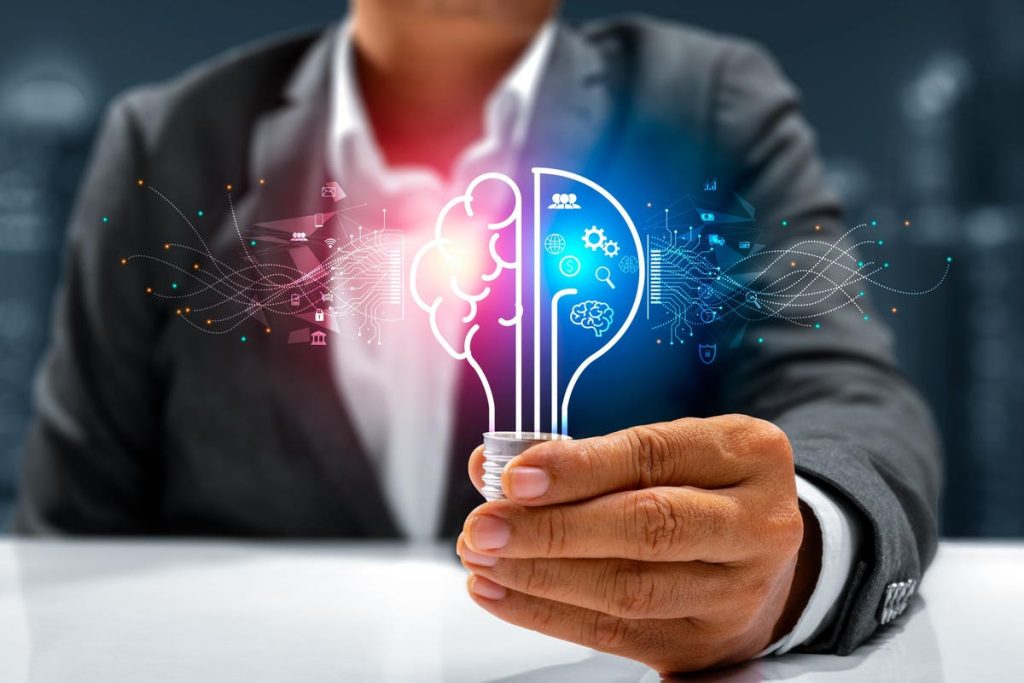Romil Bahl is the President and CEO at KORE.
From digital sensors capturing crucial data to swiftly delivering that information to applications for faster insights and decision making, IoT emerges as the catalyst behind a seismic shift in how we operate, move and inhabit our world. In an era hurtling toward complete digitalization, IoT stands as the unifying pulse propelling this remarkable transformation.
Tech innovators, leaders and changemakers are focusing on burgeoning technologies that have the potential to change our world. It has been a transformative year in 2023, and as we wind down, the focus will be sharpened on key technologies that will ignite the new dawn of IoT adoption.
I will dissect these developing technologies that are fueling the digital economy, unveil the dynamic impact of data derived from them and reveal how IoT serves as the indispensable thread seamlessly weaving it all together.
Igniting The New Dawn Of IoT Adoption
The internet has not just transformed our perspective on global commerce; it has completely changed the game. Welcome to the “digital economy,” where technology has metamorphosed all economic facets. Banking, for example, is no longer merely “online”; it has been catapulted into the realm of the entirely digital. Customers can open accounts, monitor investments and secure mortgages, all while their data fuels a revolution in user experience enhancement.
Technologies such as AI, machine learning, edge computing and 5G are helping us seamlessly make this transition to a fully digital economy.
• AI: Businesses across all sectors are looking to AI as the driving force for expansion. Grand View Research estimates the global AI market will grow by almost 40% each year.
Whether through chatbots fortifying client relations or fraud detection software safeguarding those clients, artificial intelligence is making a distinct, human-level impact on our business landscape. In fleet management, for example, AI dashcams measure driver behavior, deliver real-time safety reports and meticulously track shipments right down to their precise coordinates.
• Edge Computing: As an increasingly important part of the dynamic IoT ecosystem, edge computing transforms data from IoT devices into a formidable tool for industry leaders to make laser-focused, data-driven decisions to optimize their operations—but closer than ever before to said operations.
There are many other use cases as well, such as IoT sensors within heart monitors, capable of delivering life-saving decisions in real time, thanks to the proximity of edge computing. Deloitte forecasts an enterprise market growth of 22% for edge computing in 2023 alone.
• 5G: The rollout of 5G is fully underway, with carriers transitioning from non-standalone (NSA) to standalone (SA) deployments of 5G as they look to upgrade how they deliver cellular connectivity. While more costly, SA promises to help carriers make the shift to “true” 5G, rather than 5G, which still relies on 4G technologies.
The switch holds the promise of faster, more seamless communication between a multitude of devices—higher bandwidth, lower latency, network slicing capabilities and other advantages will soon be available to drive the digital transformation of the planet.
The Potential Challenges Of IoT Deployment
These technologies have the potential to revolutionize the way the world works, particularly in the segment of “IoT for good,” where solutions meet head-on the major global challenges we face. However, they are by no means simple to leverage when working alone. Any IoT deployment breaks down into these key areas.
• Build: This is the design phase of IoT, which needs to be tailored to the use cases’ specific requirements. Software, firmware, device creation and certification are crucial to the success of the IoT solution.
• Deployment: I have used this statistic many times, but Cisco reported that about two-thirds of all IoT projects fail to move out of the proof-of-concept stage, so actually bringing solutions to market is complex and needs key planning and strategy.
• Management: Oftentimes, the accomplishment of bringing a solution to market can quickly be overshadowed by the complexities and costs of managing it and ensuring visibility to each edge device. Further, solutions need to be optimized and future-proofed for efficiency and longevity, and that includes hardware, connectivity and the logistics associated with IoT solutions.
• Scale: The goal always is to expand solutions. There are many organizations that start a pilot program in a single location and then want to expand to more locations, potentially nationally or even globally, and that intensifies the complexity.
Sensing What Comes Next
In examining the above technologies, two things become clear: First, a strong IoT infrastructure is crucial. For data to evolve into tangible action, IoT sensors are essential for the initial data collection.
Whether it’s a person swiftly responding to a glucose monitor’s low blood sugar alert, a plumber racing to avert disaster after being alerted by a water sensor, or a pharmacist rescuing a critical batch of vaccines amid failing cooling systems, IoT sensors, devices and connectivity form the nexus through which technology achieves measurable, even life-saving impacts on our lives. And, of course, those sensors require reliable connectivity, which leads us to number two: convergence.
In this digital age, synergy reigns supreme. True innovation arises when key technologies converge. AI propels machine learning and edge computing to deliver highly intelligent, lightning-fast applications, with 5G providing essential support.
Just as Uber materialized when GPS, smartphones and 4G converged, new use cases will surface when 5G, IoT and AI converge. Technology does not exist in isolation. Instead, each innovation builds upon the last, creating a synergistic ecosystem that powers the new world. Just as humanity must work together to forge a bright future, so does the technology we create.
Forbes Technology Council is an invitation-only community for world-class CIOs, CTOs and technology executives. Do I qualify?
Read the full article here










